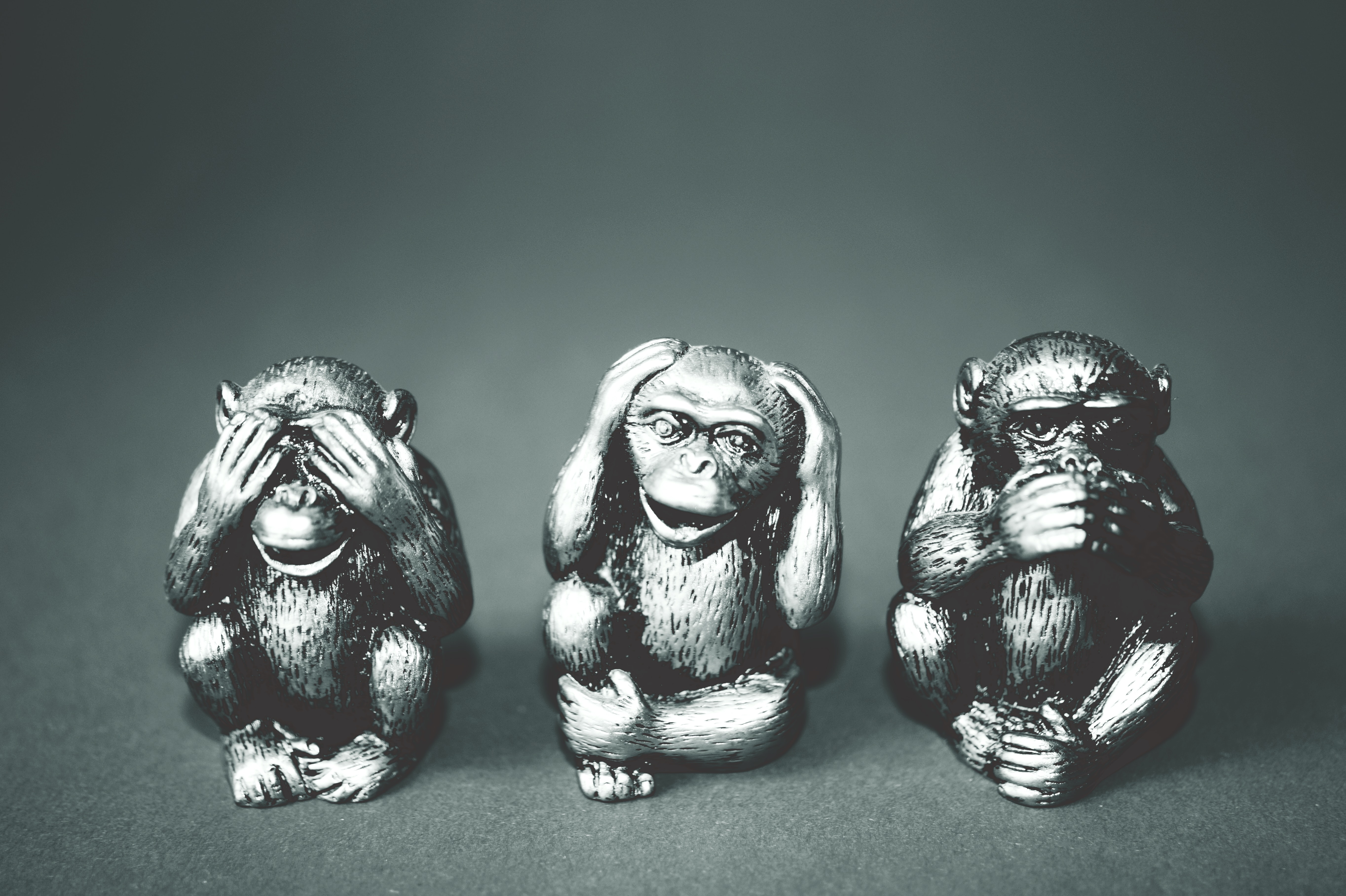
That Magic Number – Why the Number Three is so Important to Radio
Casting a radio show is definitely a big challenge. It can be extremely difficult to find the perfect mix of personalities who work well enough together to make a great show, that will, most importantly, attract fans and deliver ratings.
Many stations wishing to increase personality see the value of a team show. Pairing a couple of personalities can add interest. But a powerful dynamic comes into play when a Third voice is introduced.
Building a good radio show can draw many of the same parallels of building a good TV show, especially as the number 3 is also a good formula in this format. Think of any typical TV comedy and it more than likely contains characters based around the this dynamic:
- The smart guy/girl: a clever look at the world, funny comments
- The smart alec: scamming to get something over but never gets there
- The innocent fool: wanders through life and weird things happen to them
The same can be adapted for radio – It takes shows to places that a duo just can’t get to. But when a fourth or fifth personality is added, it can be much harder for listeners to figure out what’s going on. It gets confusing for the audience.
This isn’t to suggest that a duo can’t win, or that more than three is a mistake. Not at all. But three is usually the magic number.
A similar dynamic to the one mentioned above, which is effective for radio shows is the Generator – Responder – Instigator dynamic:
Generator: They’re usually the driver of the show, able to start a topic and set a tone for a break. Put a yellow pad in front of a generator and they’ll fill it with ideas in just a few minutes. They don’t always follow through on those ideas, but they can sure get them started.
Responder: Put that same yellow pad in front of a responder, and three hours later it’ll be filled with doodles. They have been provided nothing to cause a reaction. But throw an idea, thought, topic or phrase their way and they light up with an instant response.
Instigator: An instigator is like an audio sniper, lying in the weeds for a great line to advance a break to places it would never get to without them. They are the rocket fuel that stirs things up and brings out more character and personality in the Generator and Responder.
Of course, human beings are not one dimensional. It’s certainly possible for each of us to demonstrate traits of all three categories. But everyone is naturally stronger in one of the three. It’s like being right handed or left handed. It doesn’t mean you never use your other hand.
A great radio show needs all three. Put two generators on the show, and it’s going to be chaos. You’ll hear a ton of talking over one another and nobody paying attention to what is being said. But two responders on a show results in nothing happening because there’s no stimulus that causes a response. And don’t even think about trying two instigators!
As well as ideally having a 3 person team on the show, the members of the team need to be plugged into their audience – both in interest, topicality and lifestyle. The team needs to be part of the same ‘orbit of interest’ as the audience that they are communicating with.
Many events are not shared by all listeners (not everyone went to the concert or the game) but there can be backgrounders that draw in a broader audience – find the hook or the point that makes the content relatable. Listen to what people talk about, plug into social media and real relevant sites / blogs. Background work and preparation is important and the key to a great performance, the difference between relating to an audience and being out of touch.
Enough good or great moments means listeners keep coming back for more.
While the number of personalities on a show should never exceed three, there is always room for occasional role players.
- All talk breaks do not need each person in the cast to talk .. it’s a team effort aimed at creating impact and a purpose for each break …
- When the show gets the credit the team’s participants are all part of that.
- One person should anchor a talk segment and the others should add or contribute either the point of view or the punch line.
- The same person does not need to deliver every break, structurally however the anchor may be the person who provides the set up (intro/outro).
Of course, there are many ways to win. Stations frequently succeed with solo shows, duos and casts much larger than three. But, as in many areas, three is the magic number.
Read original here on Radio Today
Discussion
No comments on this post yet, start a discussion below!